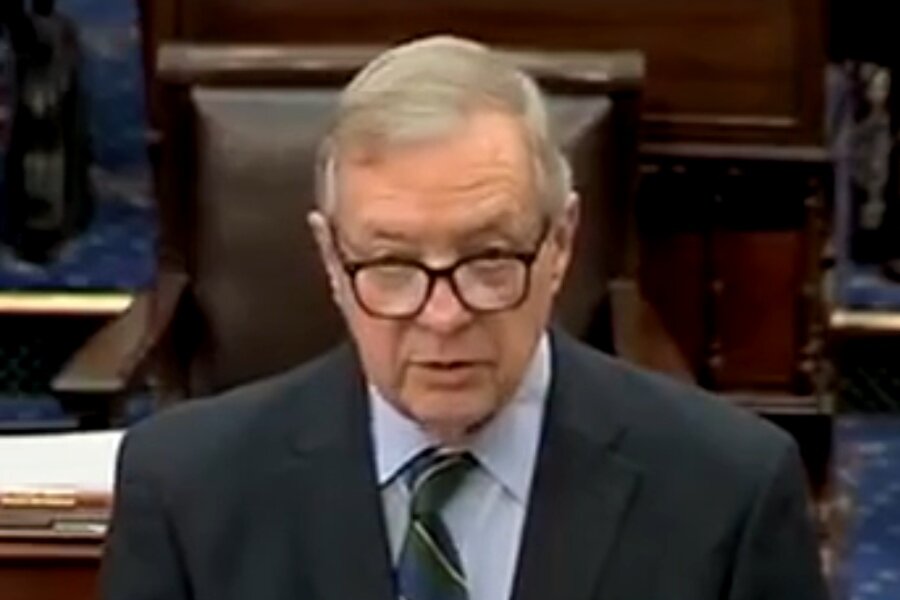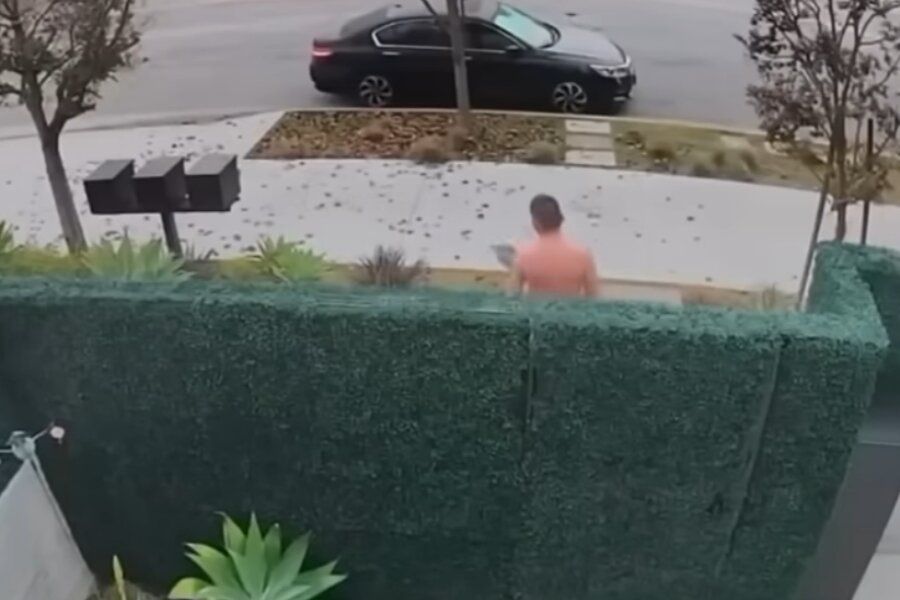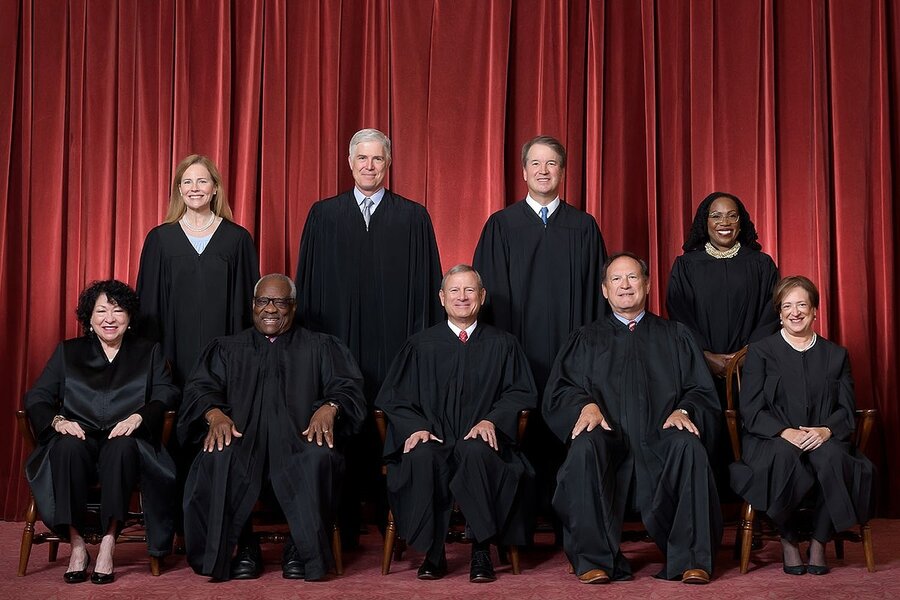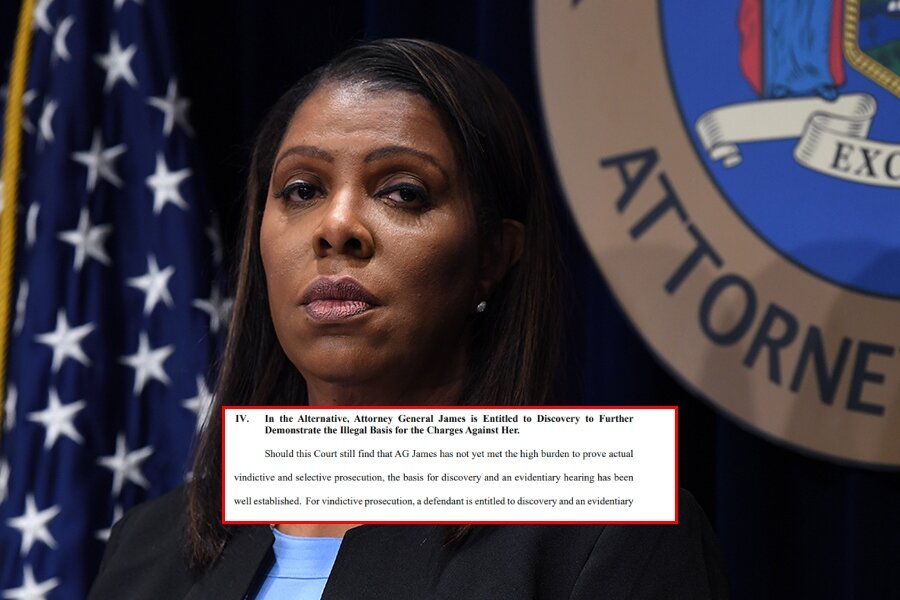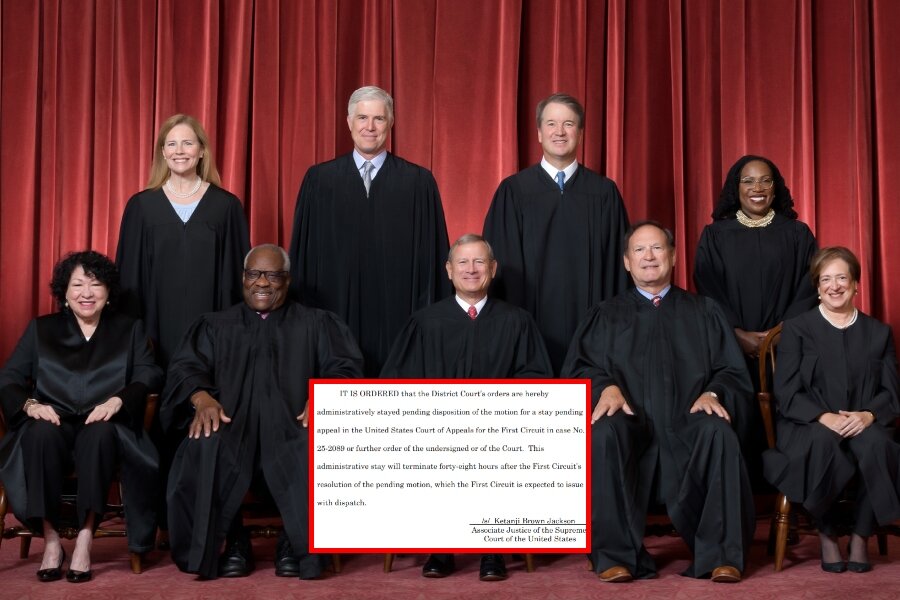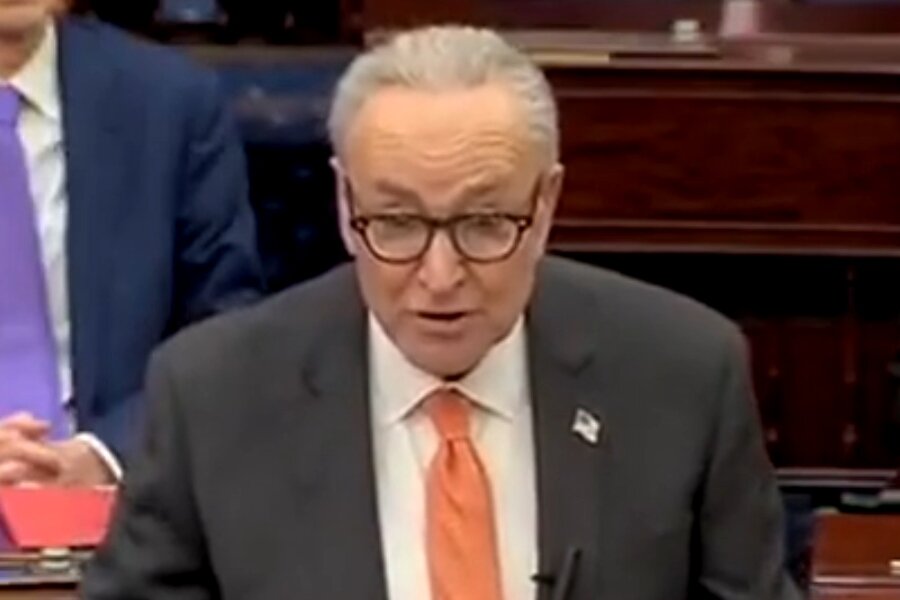No new water storage infrastructure has been built in California, more than a decade after voters approved a $7.5 billion water bond in Proposition 1 of 2014.
The San Jose Mercury-News reported Wednesday that officials are deciding what to do with nearly half a billion dollars of available cash after the “collapse” of a project to expand the Los Vaqueros Reservoir, which is east of San Francisco.
Other projects have received funding for planning and permitting, but nothing has been built.
As reported by the newspaper:
A majority of the seven board members of the California Water Commission, a state agency that distributes funding to build reservoirs and other water projects, indicated they are leaning toward dividing up the $453 million left over from the Los Vaqueros project and giving it this year to six other major new reservoir and groundwater storage projects currently on the drawing board around the state.
The bond can provide up to half the costs of projects, which are designed to store more water in wet years to offset shortages in cities and farms during droughts. But they have been slowed by the COVID pandemic, cost increases due to inflation, permitting delays and other problems, including the inability of local water agencies sponsoring them to come up with all of the matching funds.
Only one of the six projects the commission has approved is currently under construction.
The only project under construction, the Harvest Water Program in Sacramento, will recycle wastewater to provide 50,000 acre-feet (16 billion gallons) of water for agricultural purposes.
California’s failure to store and transport water to places where it is needed was highlighted by President Donald Trump in the aftermath of the Palisades and Eaton fires in Los Angeles last month. A 117-gallon reservoir atop the Pacific Palisades, operated by the Los Angeles Department of Water and Power, was largely empty at the start of the fire season because it was down for maintenance.
Trump ordered more water to be released from dams for downstream use, but that is only part of the problem. The state has moved at a glacial pace to build new water storage facilities, thanks to environmental concerns and bureaucratic obstacles, and no major dams have been built by the state in over 40 years.
Share your thoughts by scrolling down to leave a comment.


